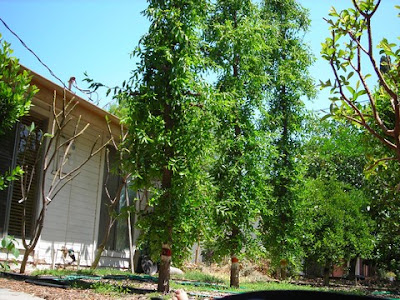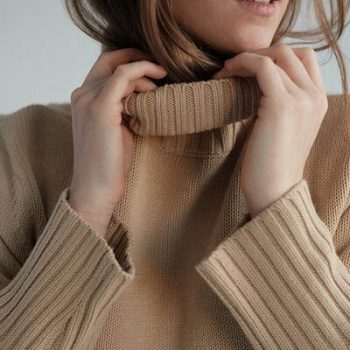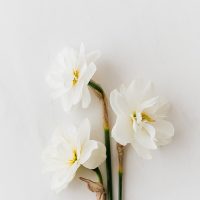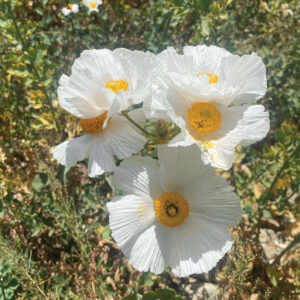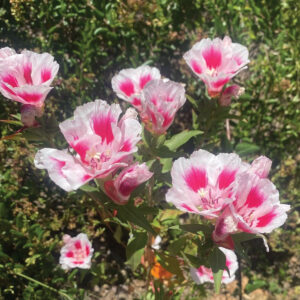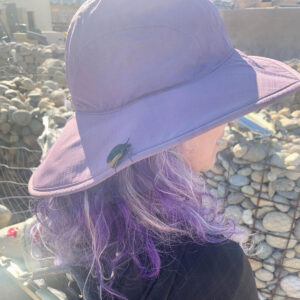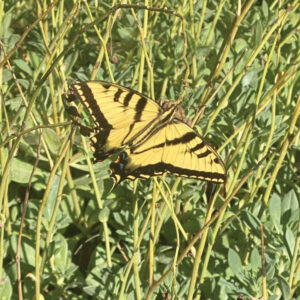The jujube (Zizyphus jujuba.) is a lovely small deciduous tree that produces wonderfully unusual fruit that can be eaten both fresh and dried. Originally from the Indian sub continent they will grow well in Southern California – specifically the Santa Clarita Valley! They can take low temperatures but the only need 200 chill hours to set fruit.
My friend, Alex Silber of Papaya Tree Nursery in Granada Hills has a wonderful variety of jujube that grows very upright. It is only about 3’ wide so you can fit one most anywhere. It has a beautiful branching structure so when it loses its leaves in winter it becomes an architectural addition to your garden! Alex was kind enough to provide me with some outstanding information and photos, please read on.
When to harvest
(usually starts around Sept in SoCal)
The jujube fruit will have developed full flavor and peak sugars when they are completely dark brown. You can however consume them when they are only approximately 50% brown and green everywhere else. The fruit should feel firm to the touch and will begin to lose moisture soon after the skin of the fruit has turned completely brown while still on the tree.
How to harvest
Do not pull the fruit off the tree; instead you should cut the small stem, as this will give you a clean sealed product.
Fresh fruit storage
The fresh fruit is best stored between 52* and 55* F in a special green plastic bag that counteracts the ethylene gas naturally given off by ripe fruit. You may have seen the info commercials promoting this product and just so you know, it does indeed work…(can you believe it?)
How to dry
The fruit can be allowed to fully dry on the tree or you may pick them when they just begin to show signs of desiccation (wrinkled skin). You then dry them in a flat open basket at room temperature out of direct sunlight. After the fruit has been satisfactorily dried, it is a good idea to freeze the fruit for a few hours, then remove from the freezer and allow the excess condensation to evaporate before placing the fruit in the storage container (Available at Smart&Final).
Of note
Sometimes the fruit will show signs of premature drying before fully brown or even at the light green stage and this fruit is usually not the best for drying as the fruit should be allowed to fully color up brown if the intention is to store dry fruit. The usual cause of this premature drying is from heat/water stress and should be less of an issue as the tree becomes more established since it is a drought tolerant species.
Fertilizing
Once the jujube has become established (Judgment call), I only fertilize the tree once a year just after the majority of the blossoms have set fruit.
Julie’s note:
If you are in the market for unusual subtropical fruits you HAVE to visit Papaya Tree Nursery. They are a family owned and operated business, are fruit tree experts, and are just a hop, skip, & jump away. Please call ahead to make sure they are around to help you or… call me and I might just go with you!
For more about my designs please visit my website.


